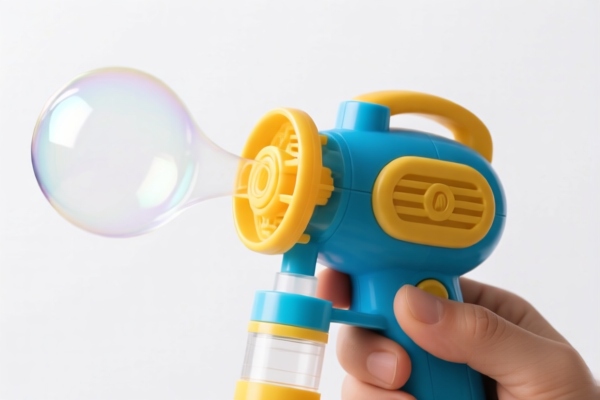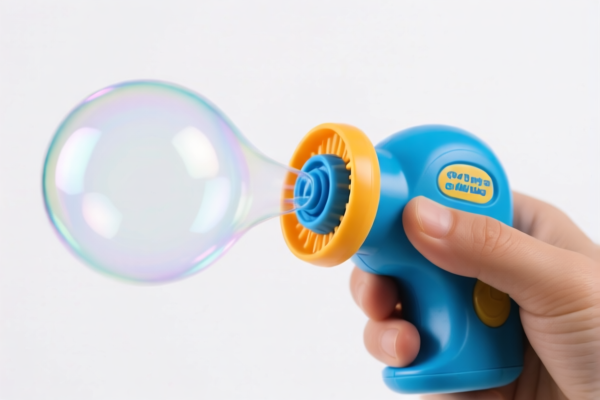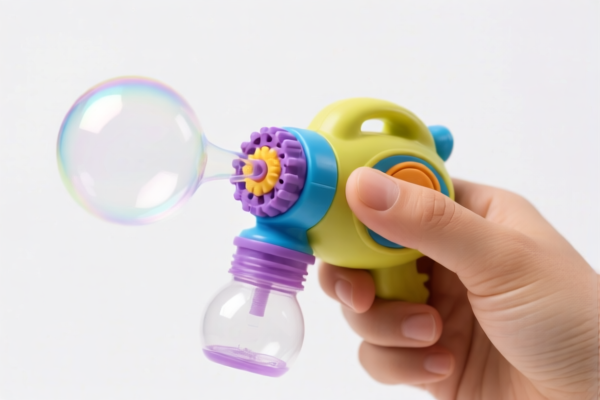| HS Code | Official Doc | Tariff Rate | Origin | Destination | Effective Date |
|---|---|---|---|---|---|
| 9503000071 | Doc | 30.0% | CN | US | 2025-05-12 |




HS Code 9503.00.00.71: Detailed Classification & Import Considerations for Tricycles, Scooters & Similar Wheeled Toys
This document provides a comprehensive breakdown of HS Code 9503.00.00.71, covering its classification, applicable taxes, and essential import considerations. This HS code specifically applies to tricycles, scooters, pedal cars, dolls’ carriages, dolls, and similar wheeled toys intended for use by children under 3 years of age.
1. HS Code Breakdown (Understanding the Digits)
The HS Code is a globally standardized system for classifying traded products. Here's a breakdown of 9503.00.00.71:
- 95: Chapter 95 covers "Toys, games and sports equipment; gymnastic or athletic equipment." This broadly categorizes the item as falling within the realm of recreational products.
- 03: This heading specifically covers "Tricycles, scooters, pedal cars and similar wheeled toys; dolls’ carriages; dolls, other toys; reduced-scale (“scaleˮ) models and similar recreational models, working or not; puzzles of all kinds." It narrows down the category to wheeled toys, dolls, and related items.
- 00: This subheading further specifies the category. "00" indicates "Other" within the broader heading, meaning it covers items not specifically classified elsewhere within 9503.00.
- 71: This further specifies the item as "Labeled or determined by importer as intended for use by persons: Under 3 years of age". This is a crucial distinction impacting safety regulations and potential additional scrutiny.
2. Product Scope & Examples
This HS code covers a wide range of children’s toys, including but not limited to:
- Tricycles: Traditional three-wheeled bicycles for young children.
- Scooters: Kick scooters designed for children under 3.
- Pedal Cars: Vehicles propelled by foot pedals, intended for young children.
- Dolls’ Carriages: Toys designed to carry dolls.
- Dolls: Toys representing human figures.
- Ride-on Toys: Any toy a child can sit and ride on.
Important Note: The key defining characteristic is the intended use for children under 3 years of age. If the product is marketed or designed for older children, a different HS code may apply.
3. Tax Implications (as provided in your data)
- Basic Duty: 0.0%
- Additional Duty: 0.0%
- Additional Duty (Post April 2, 2025): 30.0%
- Total Tax: 30.0% (This is based on the additional duty taking effect after April 2, 2025)
4. Import Considerations & Required Documentation
Due to the nature of the product (toys for young children), several import regulations and documentation requirements are likely to apply:
- Safety Standards: Toys imported into the US are subject to stringent safety standards set by the Consumer Product Safety Commission (CPSC). This includes requirements for lead content, phthalates, small parts, and flammability. You will likely need to provide a CPSC-accepted laboratory test report demonstrating compliance.
- CPSIA Compliance: The Consumer Product Safety Improvement Act (CPSIA) mandates testing and certification of children’s products.
- Labeling Requirements: Toys must be properly labeled with age recommendations, manufacturer information, and warning statements.
- Importer of Record (IOR): You must be a registered Importer of Record with US Customs and Border Protection (CBP).
- Commercial Invoice: A detailed commercial invoice is required, including a precise description of the goods, quantity, value, and country of origin.
- Packing List: A packing list detailing the contents of each shipment is essential.
- Bill of Lading/Air Waybill: Shipping documentation.
5. Recommendations & Next Steps
- Confirm Material Composition: Verify the materials used in the toys to ensure they meet CPSC requirements for lead content and phthalates.
- Verify Single Unit Price: Ensure the declared value accurately reflects the single unit price of the toys.
- Obtain CPSC Testing: Crucially, arrange for testing by a CPSC-accepted laboratory to demonstrate compliance with all applicable safety standards. This is the most important step to ensure smooth customs clearance.
- Review CPSIA Requirements: Familiarize yourself with the specific requirements of the CPSIA.
- Consult with a Customs Broker: Consider working with a licensed customs broker to navigate the import process and ensure compliance with all regulations. They can assist with documentation, classification, and clearance procedures.
Disclaimer: This information is for general guidance only and does not constitute legal advice. Import regulations are subject to change. It is essential to consult with relevant authorities and professionals for accurate and up-to-date information.
Customer Reviews
No reviews yet.